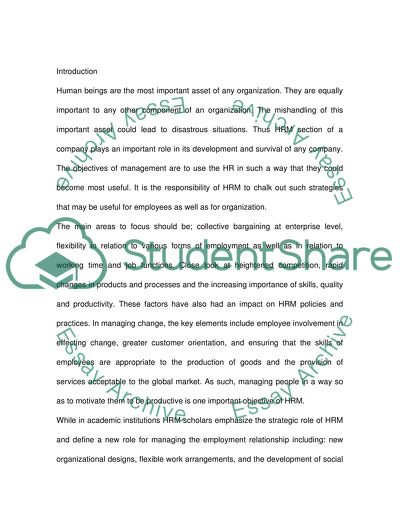Cite this document
(“What are the advantages and disadvantages of flexibility to employees Assignment”, n.d.)
What are the advantages and disadvantages of flexibility to employees Assignment. Retrieved from https://studentshare.org/human-resources/1507132-what-are-the-advantages-and-disadvantages-of-flexibility-to-employees-and-employing-organizations
What are the advantages and disadvantages of flexibility to employees Assignment. Retrieved from https://studentshare.org/human-resources/1507132-what-are-the-advantages-and-disadvantages-of-flexibility-to-employees-and-employing-organizations
(What Are the Advantages and Disadvantages of Flexibility to Employees Assignment)
What Are the Advantages and Disadvantages of Flexibility to Employees Assignment. https://studentshare.org/human-resources/1507132-what-are-the-advantages-and-disadvantages-of-flexibility-to-employees-and-employing-organizations.
What Are the Advantages and Disadvantages of Flexibility to Employees Assignment. https://studentshare.org/human-resources/1507132-what-are-the-advantages-and-disadvantages-of-flexibility-to-employees-and-employing-organizations.
“What Are the Advantages and Disadvantages of Flexibility to Employees Assignment”, n.d. https://studentshare.org/human-resources/1507132-what-are-the-advantages-and-disadvantages-of-flexibility-to-employees-and-employing-organizations.


